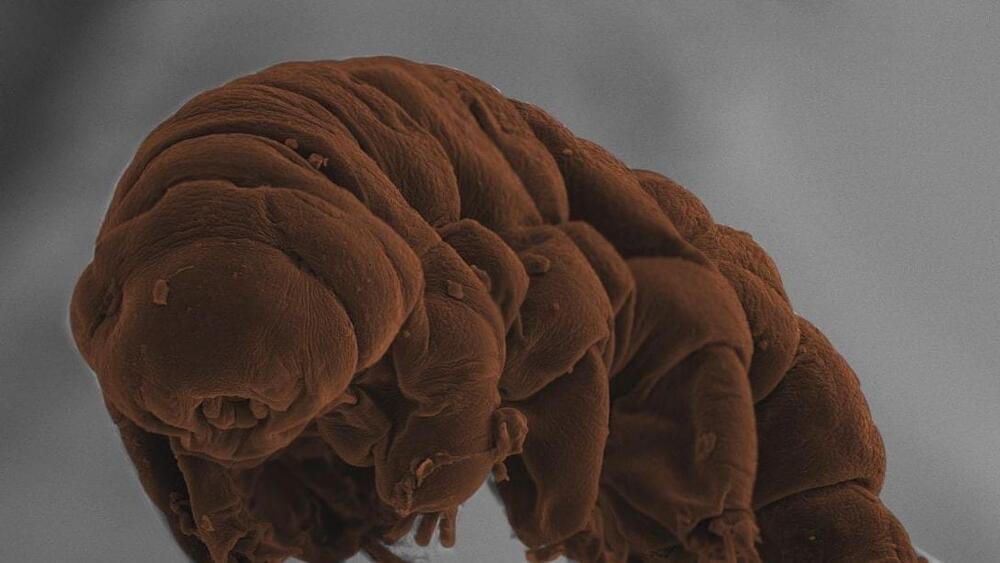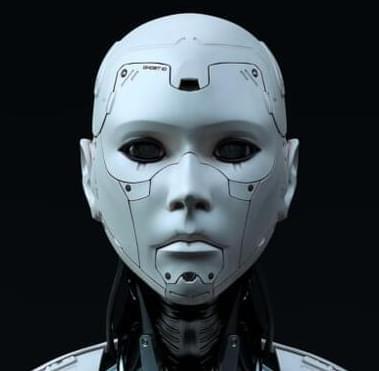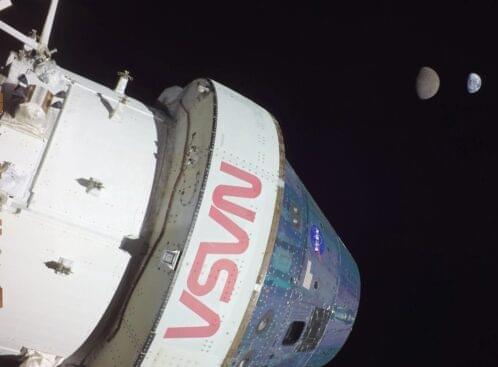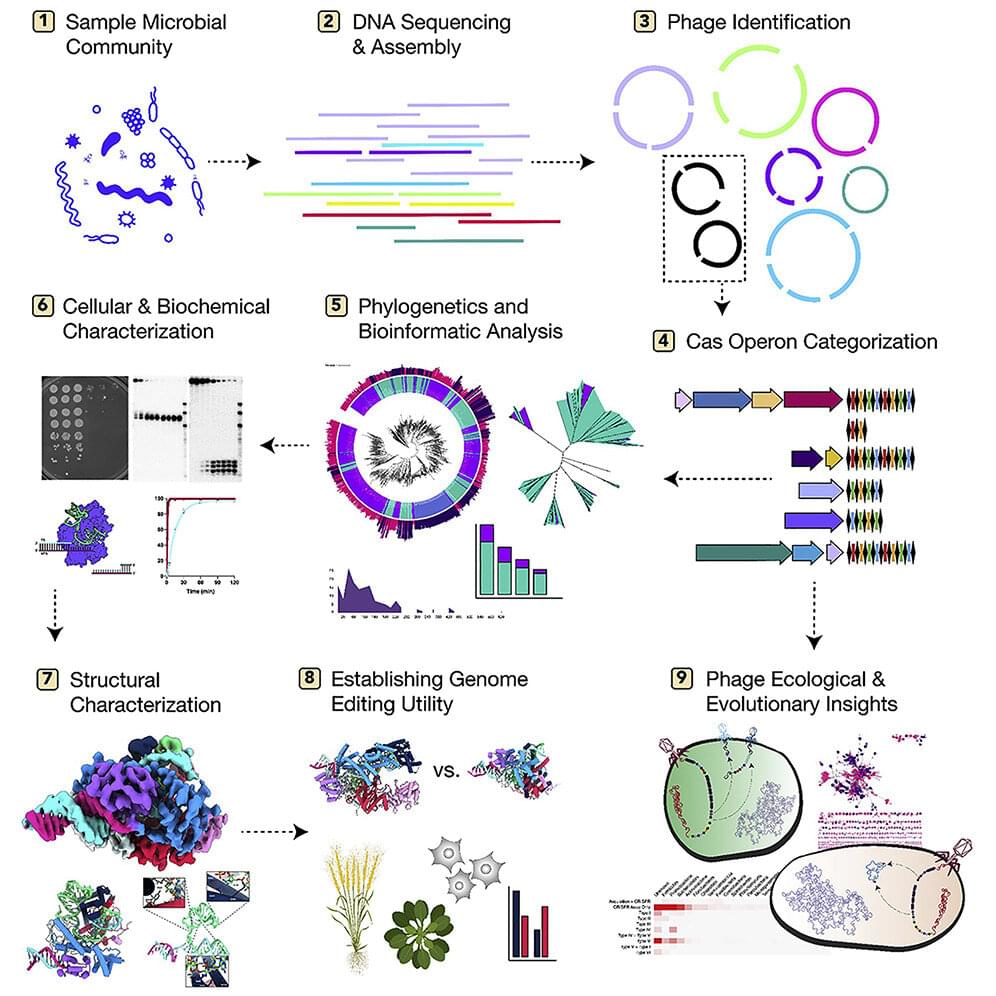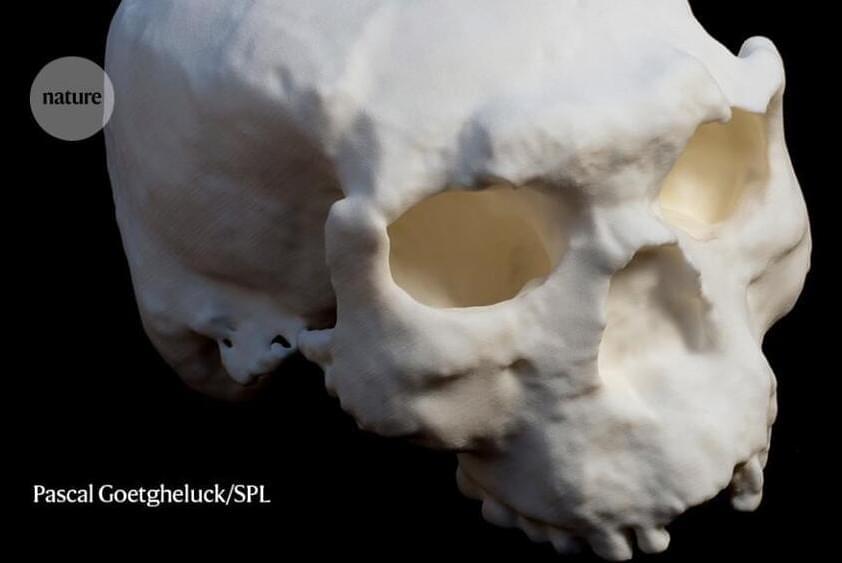Page 2900
Nov 30, 2022
How tardigrades come back from the dead
Posted by Quinn Sena in categories: biotech/medical, food, genetics, life extension
Year 2017 Basically the tardigrade is the most promising set of genes on any creature due to many types of survival genes like going years without food or even genes for radiation resistance which could be used in crispr to augment human genes.
Tardigrades — aka water bears or moss piglets — are perhaps the most resilient creatures on the planet, able to survive complete dehydration, space vacuum and being frozen. However, only recently have scientists begun to unravel the genes that underpin the tardigrade’s biological superpowers. “They’re 0.2mm to 1mm in length and despite being so small they are able to do all these things we cannot,” says Mark Blaxter, a biologist at the University of Edinburgh who has been studying tardigrades for 20 years. “In their DNA, they hold a cornucopia of secrets.”
With Kazurahu Arakawa, from the University of Keio, Japan, Blaxter recently analysed the first true tardigrade genome. The results, published today in the open access journal PLOS Biology, are a first step towards explaining the genetics underpinning the tardigrade’s extraordinary resilience and to pinpoint its place within the evolutionary tree of life. We spoke to Blaxter about his new research and his fascination for this remarkable little animal.
Continue reading “How tardigrades come back from the dead” »
Nov 30, 2022
‘Holdout Humans’: Chilling Glimpse Into Our Future if We Survive Another Million Years
Posted by Josh Seeherman in category: futurism
This was an entertaining read for me, maybe some of you will like it too!
Most species are transitory. They go extinct, branch into new species or change over time due to random mutations and environmental shifts. A typical mammalian species can be expected to exist for a million years.
Modern humans, Homo sapiens, have been around for roughly 300,000 years. So what will happen if we make it to a million years?
Nov 30, 2022
There must be a singularity at each black hole’s center
Posted by Paul Battista in categories: cosmology, singularity
We’ll never be able to extract any information about what’s inside a black hole’s event horizon. Here’s why a singularity is inevitable.
Nov 30, 2022
NASA’s Artemis 1 Delivers a New Pale Blue Dot Image
Posted by 21st Century Tech Blog in category: space
Lifeboat Earth appears tiny in the immense blackness of space, a compelling and iconic image.
This is Lifeboat Earth, currently, the only known place where life exists in The Universe., and we are putting it at risk.
Nov 30, 2022
Robotic Fish Is Powered by ‘Robot-Blood’ and Has No Battery
Posted by Quinn Sena in categories: biotech/medical, robotics/AI
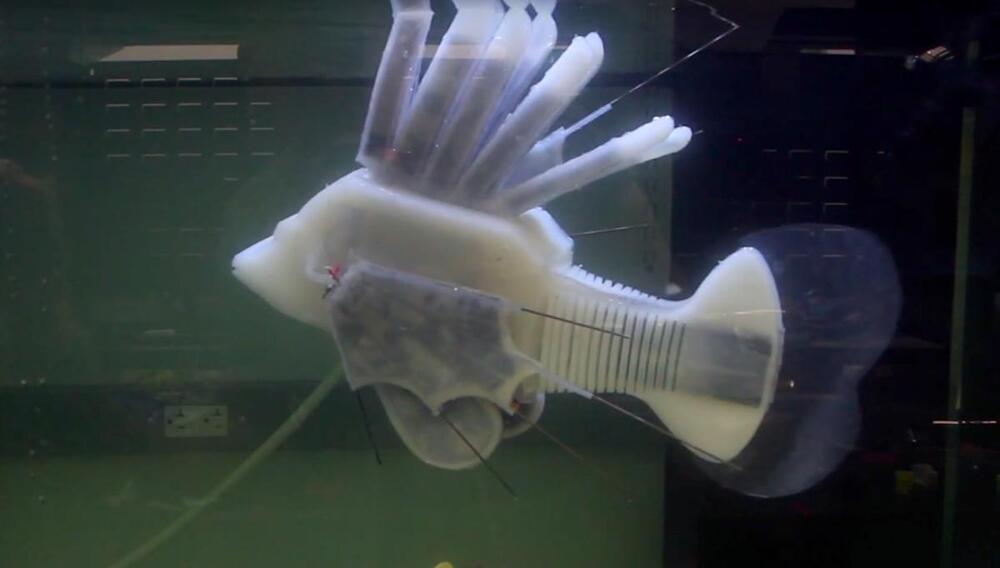
This little robot fish is 40 centimeters long and is made of a soft, rubber-like material.
It’s propelled by a dual-function fluid that is pulsated through the body of the fish through a simple circulatory mechanism – similar to blood (and otherwise described as “robot blood”).
Nov 30, 2022
Thousands of phages found to have CRISPR gene editing system
Posted by Quinn Sena in categories: bioengineering, biotech/medical
A team of researchers at the University of California, Berkeley, and University of California, Los Angeles, working with a colleague from Vilnius University, has found evidence of thousands of phages with DNA strands that should allow them to conduct gene editing on other viruses or bacteria. Their paper has been published in the open-access journal Cell.
In 2012, some of the researchers on this same team discovered that CRISPR-Cas9 could be programmed using RNA to edit targeted DNA strands from other organisms (and won a Nobel prize for it). Their work emerged from findings that many types of bacteria use CRISPR-Cas systems to defend against viral attacks. Using such systems, bacteria can cut and remove strands of DNA from viruses and store them in their own genomes to combat the same viral strain should it attack again.
Since that time, researchers have found that some viruses have similar machinery, but it was deemed to be rare. In this new effort, the researchers sought to determine actual prevalence.
Nov 30, 2022
Magnetic material mops up microplastics in water
Posted by Quinn Sena in categories: materials, sustainability
Researchers at RMIT University have found an innovative way to rapidly remove hazardous microplastics from water using magnets.
Lead researcher Professor Nicky Eshtiaghi said existing methods could take days to remove microplastics from water, while their cheap and sustainable invention achieves better results in just one hour.
The team says they have developed adsorbents, in the form of a powder, that remove microplastics 1,000 times smaller than those currently detectable by existing wastewater treatment plants.
Nov 30, 2022
Breaking the scaling limits of analog computing
Posted by Quinn Sena in category: robotics/AI
Caption :
MIT researchers have developed a technique that greatly reduces the error in an optical neural network, which uses light to process data instead of electrical signals. With their technique, the larger an optical neural network becomes, the lower the error in its computations. This could enable them to scale these devices up so they would be large enough for commercial uses.
Images for download on the MIT News office website are made available to non-commercial entities, press and the general public under a Creative Commons Attribution Non-Commercial No Derivatives license. You may not alter the images provided, other than to crop them to size. A credit line must be used when reproducing images; if one is not provided below, credit the images to “MIT.”

